Step into the world of ancient Egypt, a land of mystique, wonder, and awe-inspiring accomplishments. Among the many legacies left behind by this fascinating civilization, one, in particular, continues to captivate our imaginations: Egyptian hieroglyphics. These Egyptian symbols, etched in stone and ink, offer a glimpse into a bygone era, providing insights into the thoughts, beliefs, and aspirations of those who lived thousands of years ago. But who indeed invented these mysterious markings, and how did they become? Join us as we delve into the origins of Egyptian hieroglyphics, unearthing the stories behind these ancient symbols, and exploring their impact on our world today.
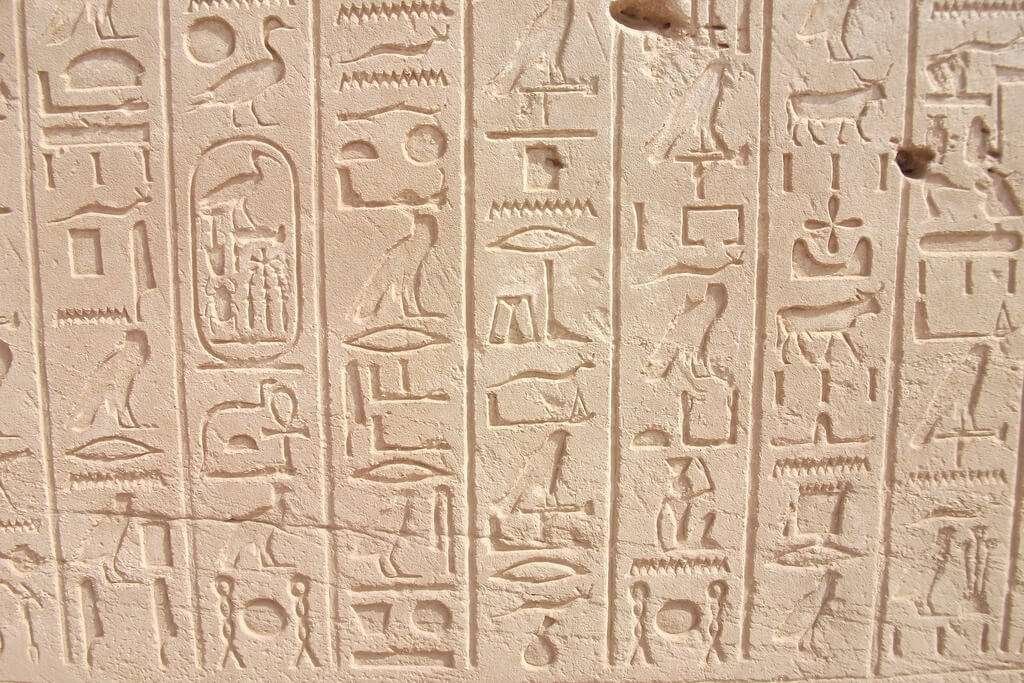
The Emergence Of Hieroglyphics
The invention of Egyptian hieroglyphics dates back to around 3200 BCE, during the predynastic period of ancient Egypt. This era marks the end of the prehistoric age and the beginning of the historical era in Egypt. Despite their ancient origins, the exact inventor of hieroglyphics remains unknown. Nevertheless, the invention of this script is attributed to the collective effort of the Egyptian civilization.
A Step-by-Step Evolution
- Prehistoric Egyptian Symbols – The earliest form of writing in Egypt consisted of simple drawings and pictograms that conveyed specific ideas or concepts. These symbols, carved on rocks and pottery, gradually evolved into a more complex system of communication.
- Narmer Palette – This artifact, dating back to 3100 BCE, is one of the earliest examples of hieroglyphics. The palette depicts the unification of upper and lower Egypt under King Narmer and showcases the progression of Egyptian writing.
- Development Of Hieroglyphics – Over time, the Egyptian civilization further refined the hieroglyphic system, expanding the number of symbols and introducing new concepts. By 2700 BCE, hieroglyphics were being used for administrative purposes, religious texts, and monumental inscriptions.
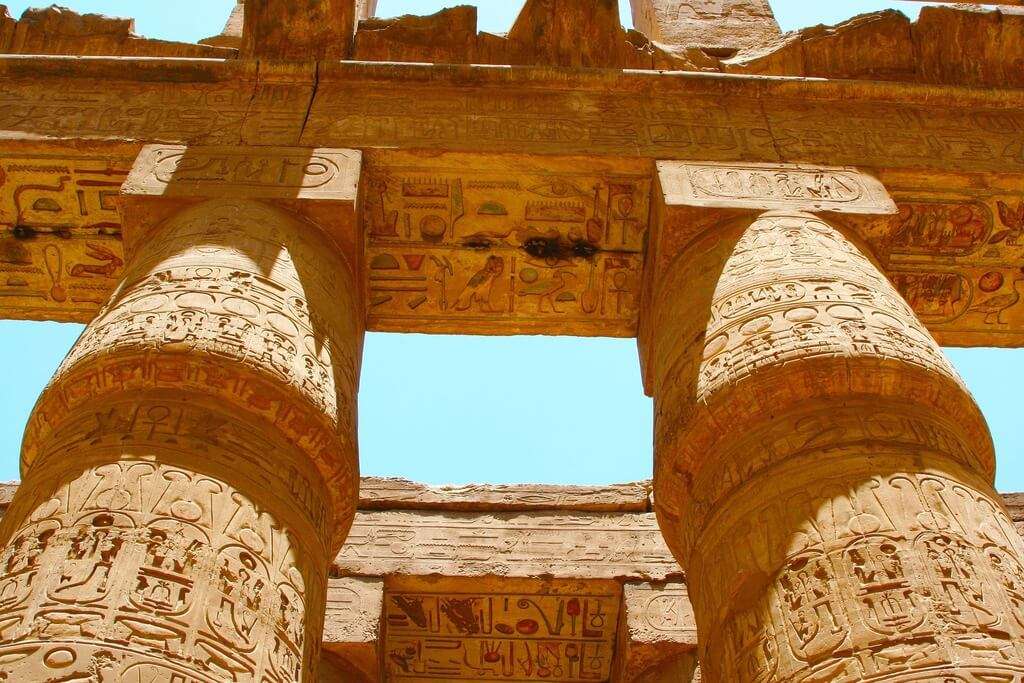
Key Components Of Egyptian Hieroglyphics
Egyptian hieroglyphics, the ancient writing system of Egypt, played a vital role in the communication and documentation of the Egyptian civilization. The script is composed of roughly 1,000 distinct characters, which can be categorized into three primary types: logograms, phonograms, and determinatives. Logograms represent whole words, while phonograms denote specific sounds or syllables. Determinatives are unique symbols placed at the end of the word, providing context and clarification to the meaning. This intricate combination of logographic, syllabic, and alphabetic elements allowed for a rich and expressive written language that was used for various purposes, including religious texts, inscriptions on monuments, and administrative records.
Theories About The Origins Of Hieroglyphics
Despite the significance of hieroglyphics in ancient Egypt, the true origins of the writing system remain a subject of debate among scholars and researchers. There are several theories about who invented Egyptian hieroglyphics, each with its own set of arguments and evidence.
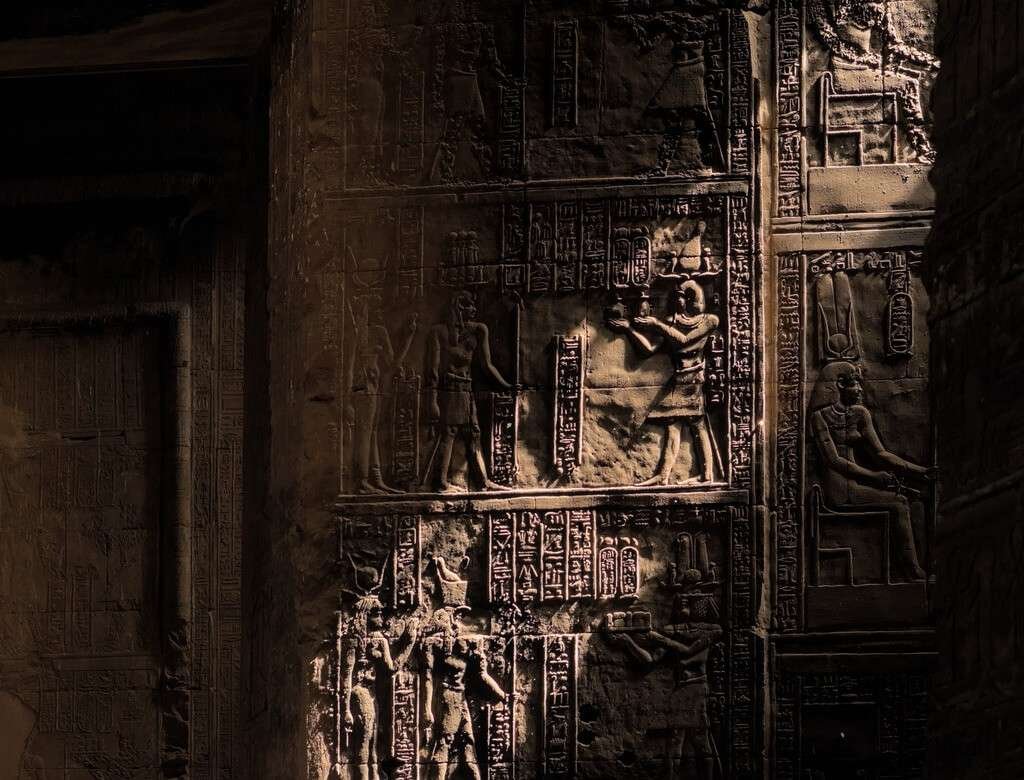
- One theory suggests that hieroglyphics were the invention of a single individual, possibly a high-ranking priest or member of the royal court. This theory is based on the idea that the creation of a complex writing system such as hieroglyphics would have required a great deal of knowledge, skill, and resources, which could only have been possessed by someone in a position of power and influence.
- Another theory proposes that hieroglyphics were developed gradually over time, through a collective effort involving many different individuals and groups. This theory is based on the observation that the earliest forms of Egyptian writing were relatively simple and crude and that the more complex hieroglyphics developed later in history.
- Some scholars also point to similarities between Egyptian hieroglyphics and other writing systems from the ancient near east, such as cuneiform and proto-Sinaitic script. This has led to the suggestion that hieroglyphics may have been influenced by or borrowed from these other writing systems, or that they may have shared a common ancestor.
- There is also evidence to suggest that hieroglyphics may have been influenced by earlier forms of Egyptian writing, such as hieratic and demotic script, which were used for everyday purposes such as record-keeping and correspondence. This theory suggests that hieroglyphics evolved from these earlier scripts, becoming more complex and sophisticated over time.
Despite these various theories and hypotheses, the true origins of hieroglyphics may never be known for sure. However, ongoing research and discoveries in the field of Egyptology continue to shed new light on this fascinating subject, helping us to better understand the language, culture, and history of ancient Egypt.
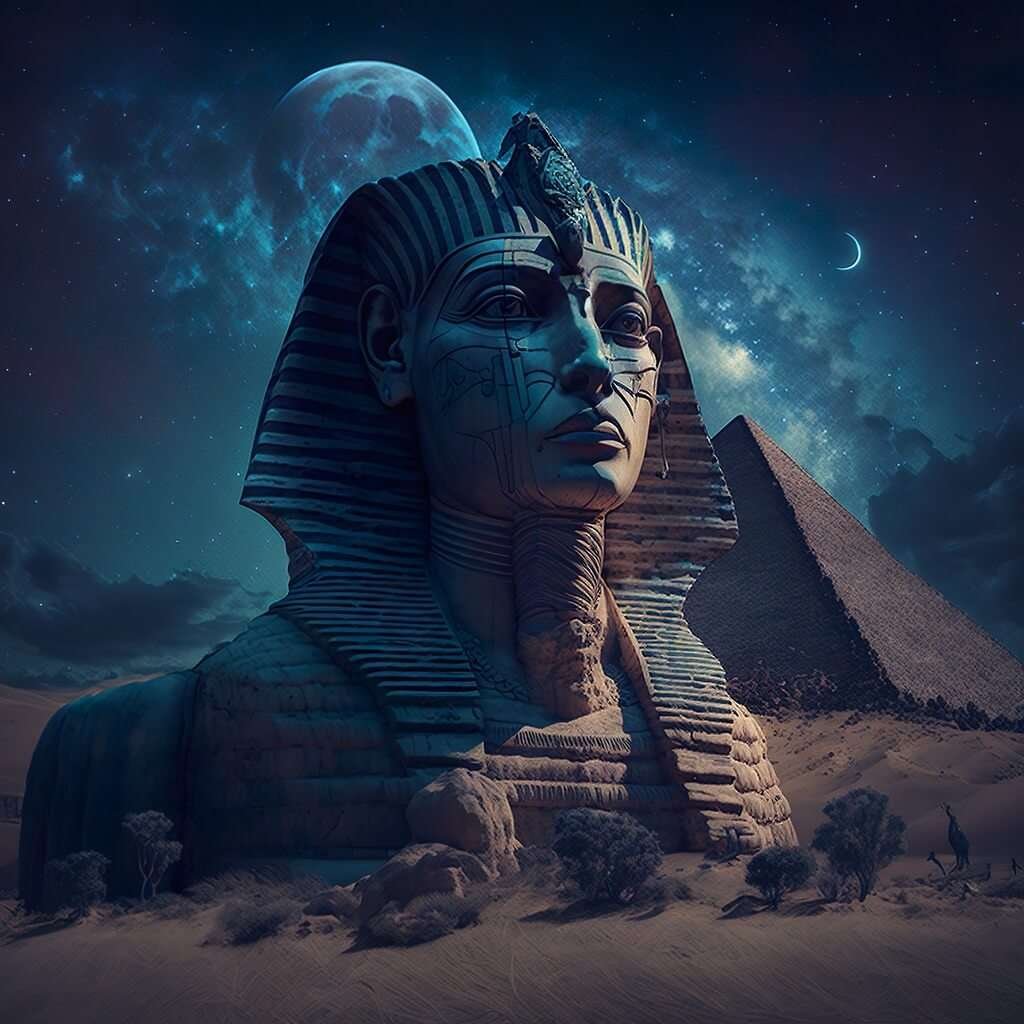
The Mystery Of The Inventor
While it’s difficult to pinpoint a single individual as the inventor of Egyptian hieroglyphics, several historical figures have been suggested. Some scholars propose that the ancient Egyptian god Thoth, the deity of wisdom and writing, was responsible for the invention of hieroglyphics. However, this theory is rooted in mythology rather than historical evidence. Ultimately, Egyptian hieroglyphics emerged from a gradual process of cultural and intellectual evolution. The collective efforts of ancient Egyptian society led to the development of this remarkable script, which continues to captivate and inspire us today.
The Rediscovery Of Hieroglyphics
Over time, the use of Egyptian hieroglyphics dwindled, and knowledge of the script was lost until the 19th century. The discovery of the rosetta stone in 1799 played a crucial role in deciphering hieroglyphics. The stone features the same text written in three different scripts: hieroglyphics, demotic, and ancient Greek. The French scholar jean-françois Champollion used the Greek text as a key to unlock the mysteries of hieroglyphics, restoring our ability to read and understand these ancient symbols.
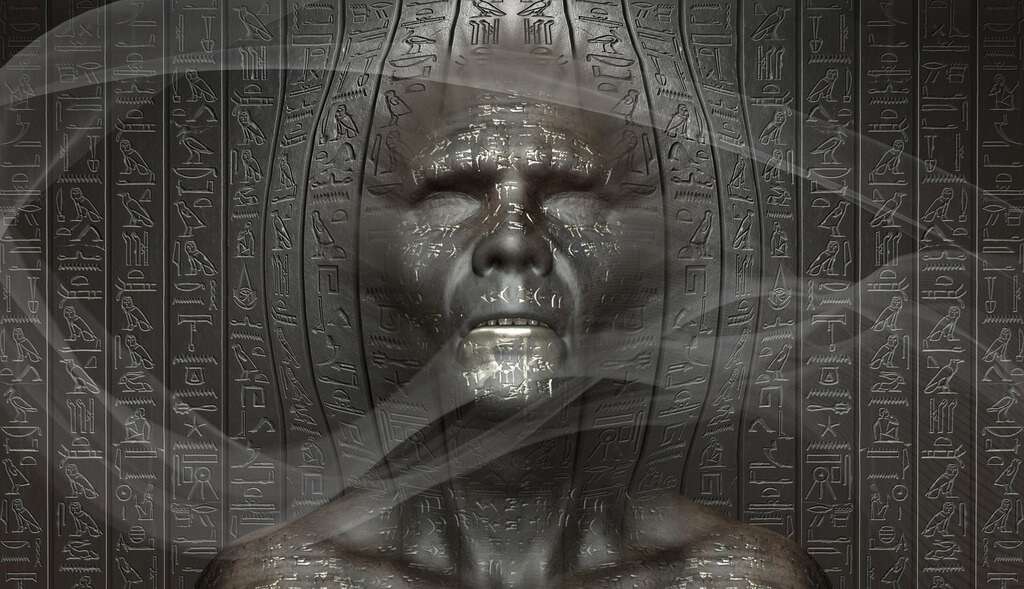
Hieroglyphics In Modern Times
Today, hieroglyphics are more than just a historical curiosity. They offer valuable insights into ancient Egyptian culture, religion, and daily life. The study of hieroglyphics has also inspired various fields, such as linguistics, archaeology, and art history. In contemporary culture, Egyptian symbols have become popular motifs in various forms of art and design. From tattoos to fashion, these ancient symbols continue to captivate and intrigue us with their mysterious beauty.
The Timeless Allure Of Egyptian Hieroglyphics: A Journey Through The Sands Of Time
As we bring our journey through the sands of time to a close, the enigmatic world of Egyptian hieroglyphics continues to enthrall and inspire. Despite the lingering mystery surrounding their inventor, the cultural significance and enduring appeal of these ancient symbols remain undeniable. From the earliest days of their development to their rediscovery in the modern era, hieroglyphics have served as a testament to the ingenuity and intellectual achievements of the ancient Egyptian civilization. Today, as technology breathes new life into hieroglyphic studies, we can only imagine what further discoveries await us. So let us continue to marvel at the timeless allure of these magnificent symbols, unlocking their secrets, and preserving their stories for generations to come.
Also Read: What Inventions Did Egypt Invent?
